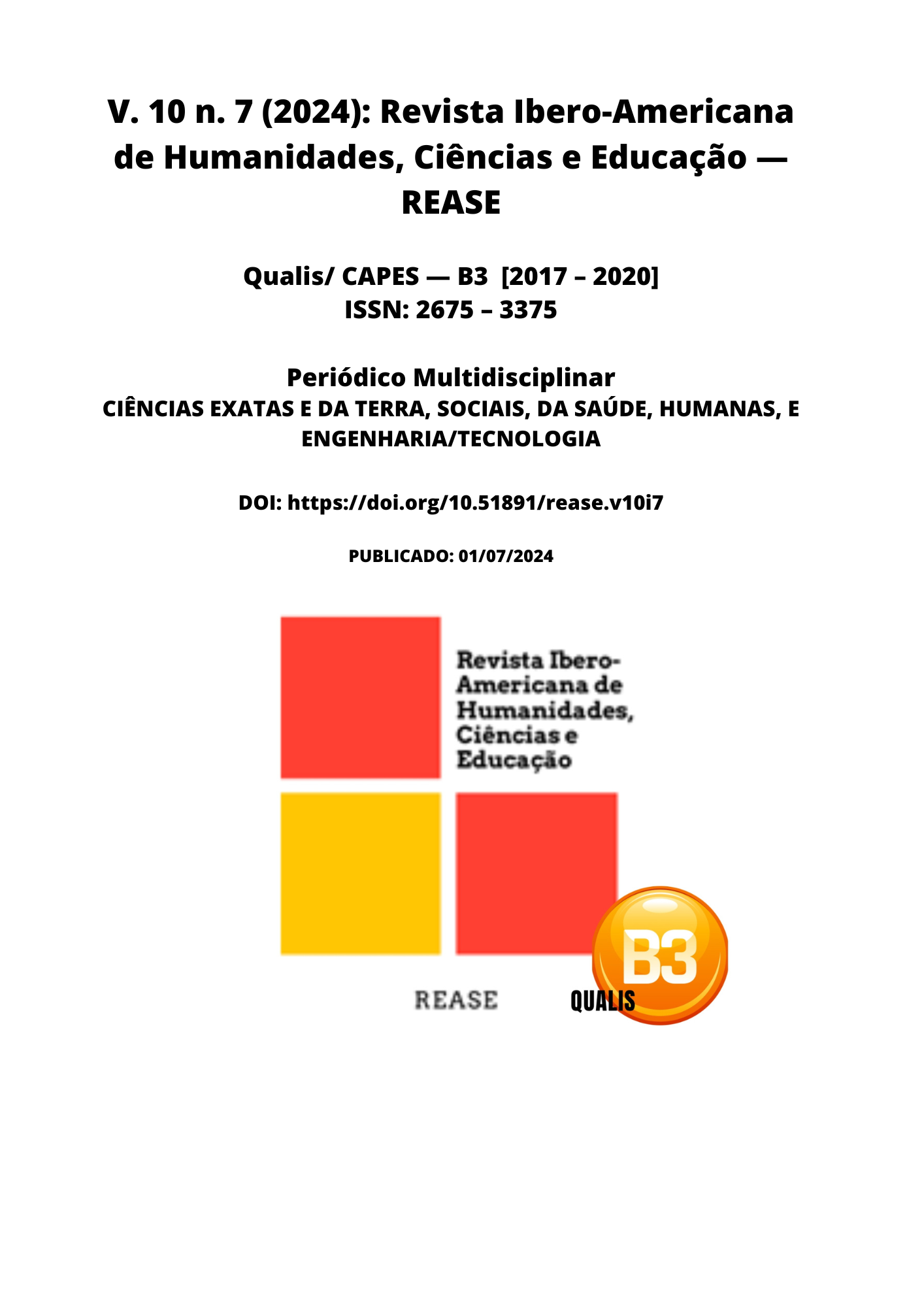FACIAL CLEFT DIAGNOSED PRENATALLY: EPIDEMIOLOGICAL, ULTRASOUND AND POSTNATAL ASPECTS
DOI:
https://doi.org/10.51891/rease.v10i7.14485Keywords:
Lip cleft. Palatine cleft. Abnormalities. Aneuploidy. Mortality.Abstract
Facial clefts have always intrigued the society because they are malformations that stigmatize their holders. The few pre-natal ultrasound data on this malformation, available in Brazil, have encouraged its study at the Fetal Medicine Division, DOG, HCFMUSP. Methods and objectives: The study was developed as a descriptive analysis, in which 97 fetuses with facial cleft diagnosed by morphological ultrasound at the Fetal Medicine Division, DOG, HCFMUSP, divided into three specific groups: group I (isolated facial cleft), group II (fetuses with facial cleft and other associated malformations), and group III (facial cleft and aneuploidy) to study the characteristics of these groups isolated and together. Results: There was confirmation of post-natal ultrasound diagnosis of type of facial cleft in 88.7% of the cases; maternal age at diagnosis was 27.8 ± 7.8 years; gestational age at diagnosis was 27.4 ± 5.9 weeks; poor correlation with family history; prevalence of lip and palate cleft; prevalence of left lip cleft in isolated facial cleft (group I), and median lip and palate cleft associated with other malformations (group II), as well as facial cleft associated with aneuploidy (group III). Lip cleft and lip-palate cleft were prevalent in male subjects and isolated palate cleft in female subjects; there was major association with musculoskeletal and heart malformations, and holoprosencephaly; prevalence of association with 13 trisomy; mean gestational age at delivery of 33.5 ± 6.3 weeks, which was 38.8 ± 1.17 weeks in the group with isolated facial cleft (group I); mean fetal age at birth of 2,105g ± 1,086g, which was 3,027 ± 1,910g in the isolated facial cleft group (group I); mortality in the presence of facial cleft in 71.7%, with 95.4% mortality rate in facial cleft cases associated with other malformations (group II), and 100% mortality rate in facial cleft associated with aneuploidy (group III), and there was no death in the group with isolated facial cleft (group I). Conclusion: There was high correlation between type of facial cleft diagnosed by pre-natal ultrasound and type of facial cleft observed post-natally, and assessment of the palate was the main technical problem for the diagnosis of facial clefts. Gestational age at facial cleft diagnosis was late and fetuses with isolated facial cleft presented good prognosis, with gestational age and weight at birth compatible with term babies. Fetuses with other malformations, regardless of the presence of aneuploidy, presented very bad prognosis, very high mortality rate and tendency to prematurity and low birth weight.
Downloads
Downloads
Published
How to Cite
Issue
Section
Categories
License
Atribuição CC BY

